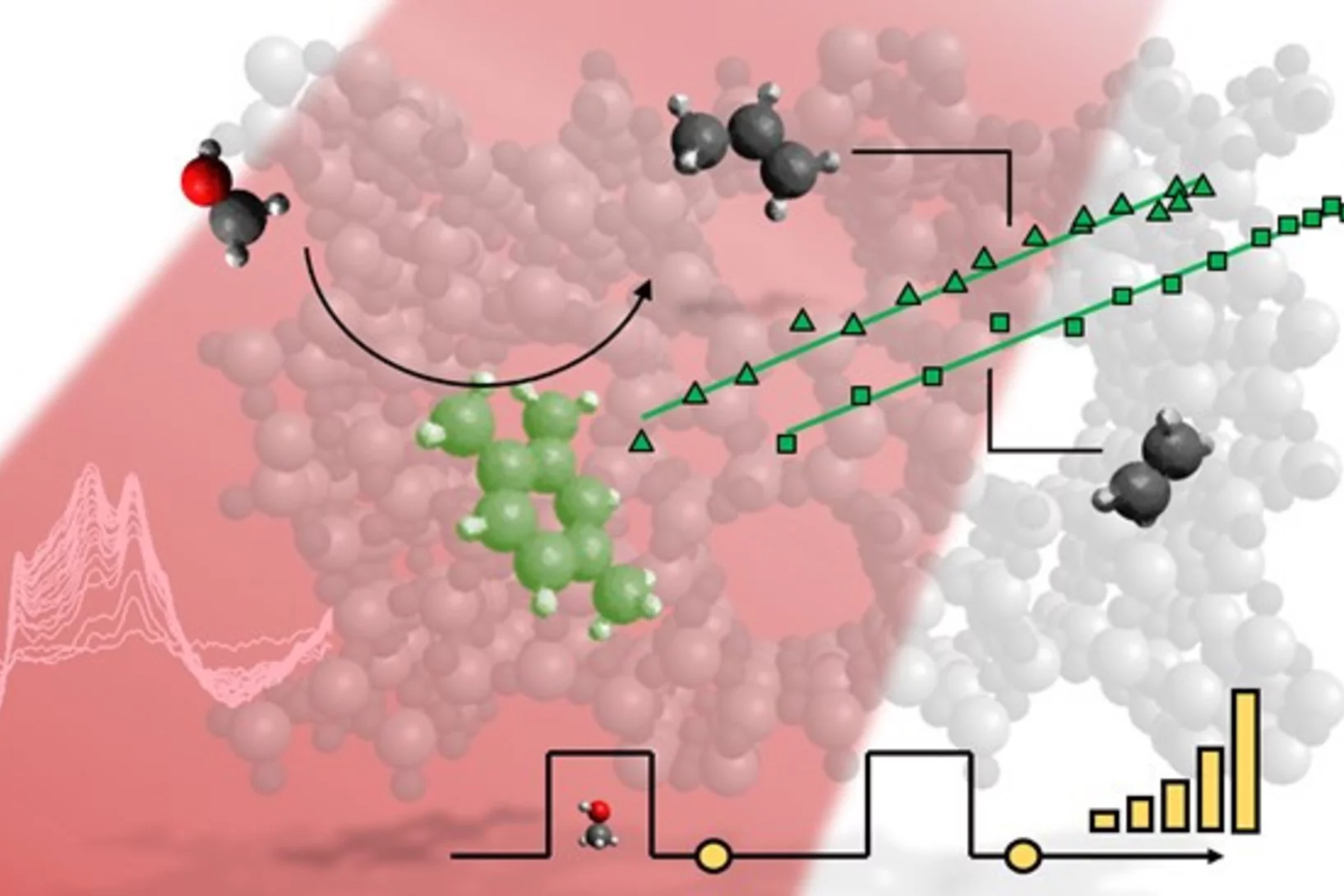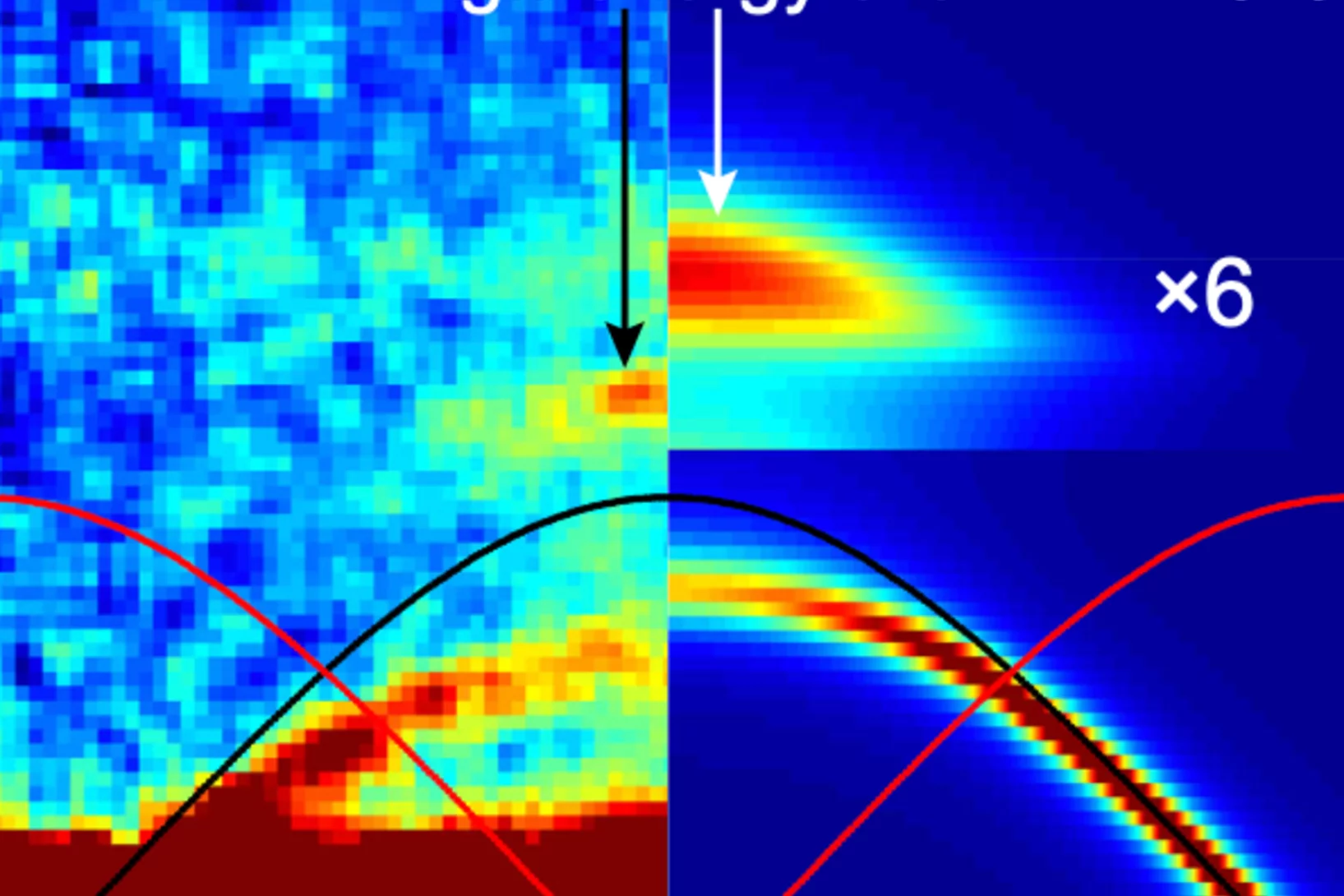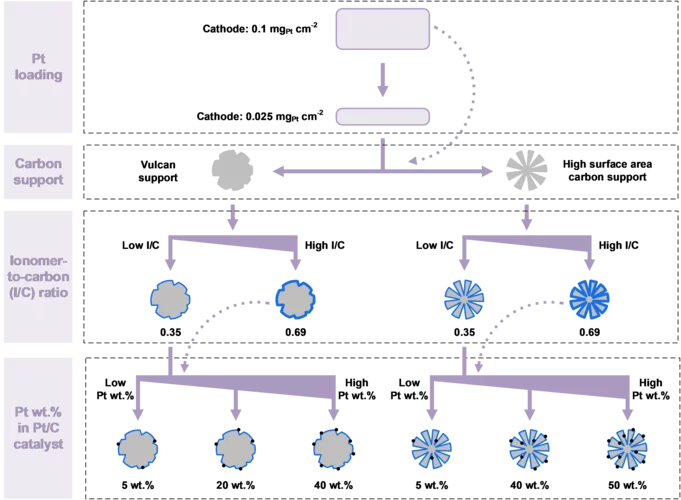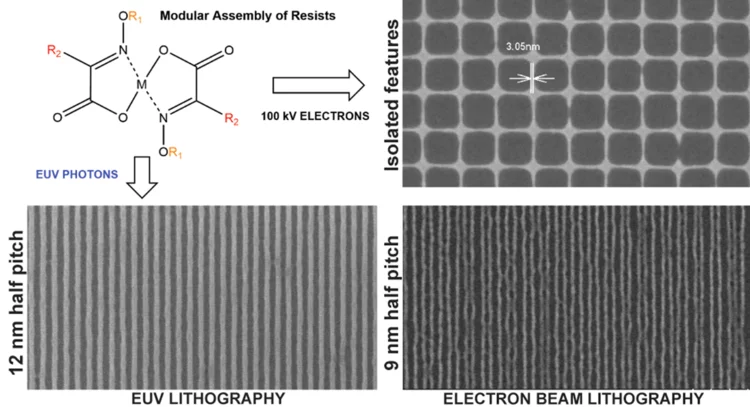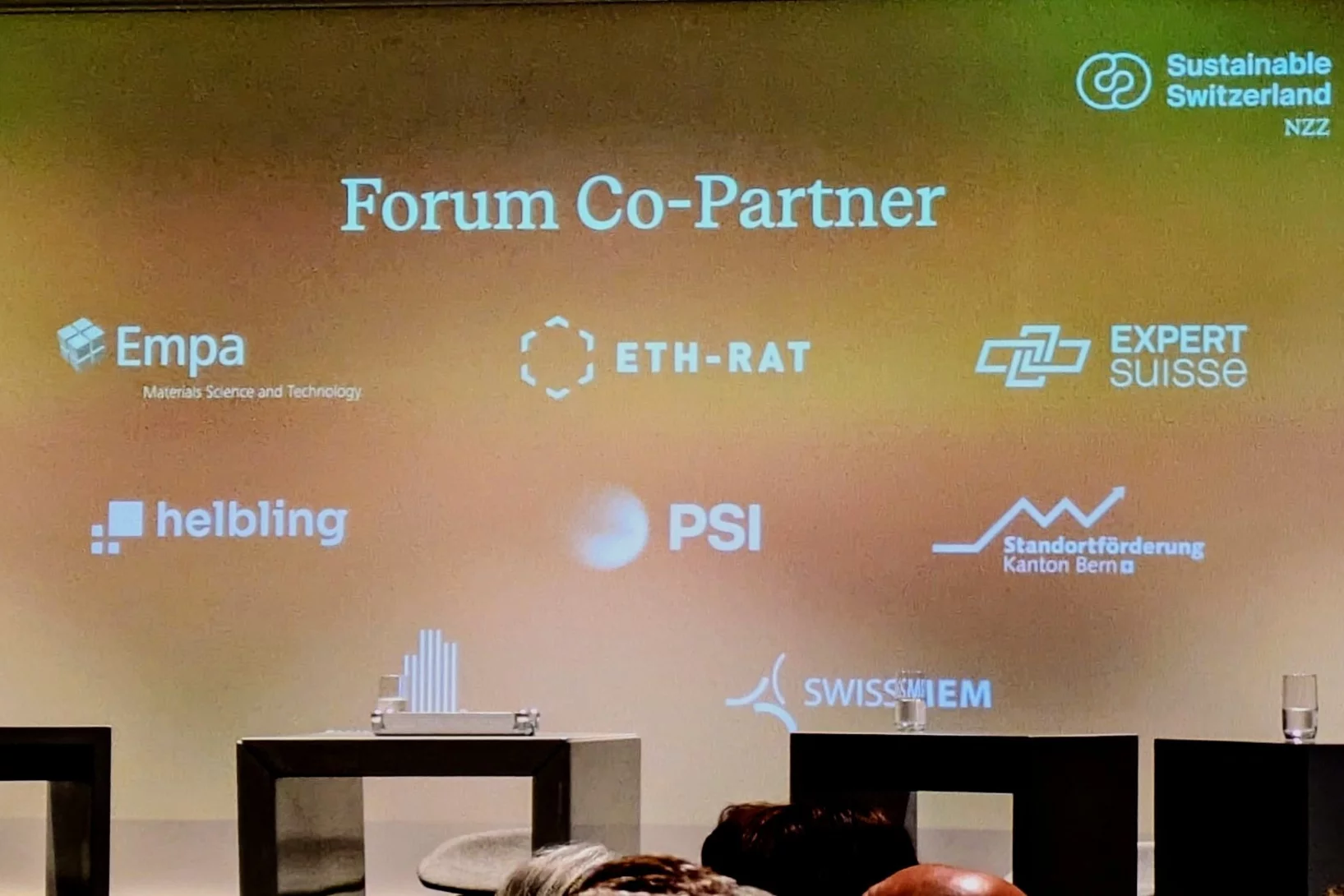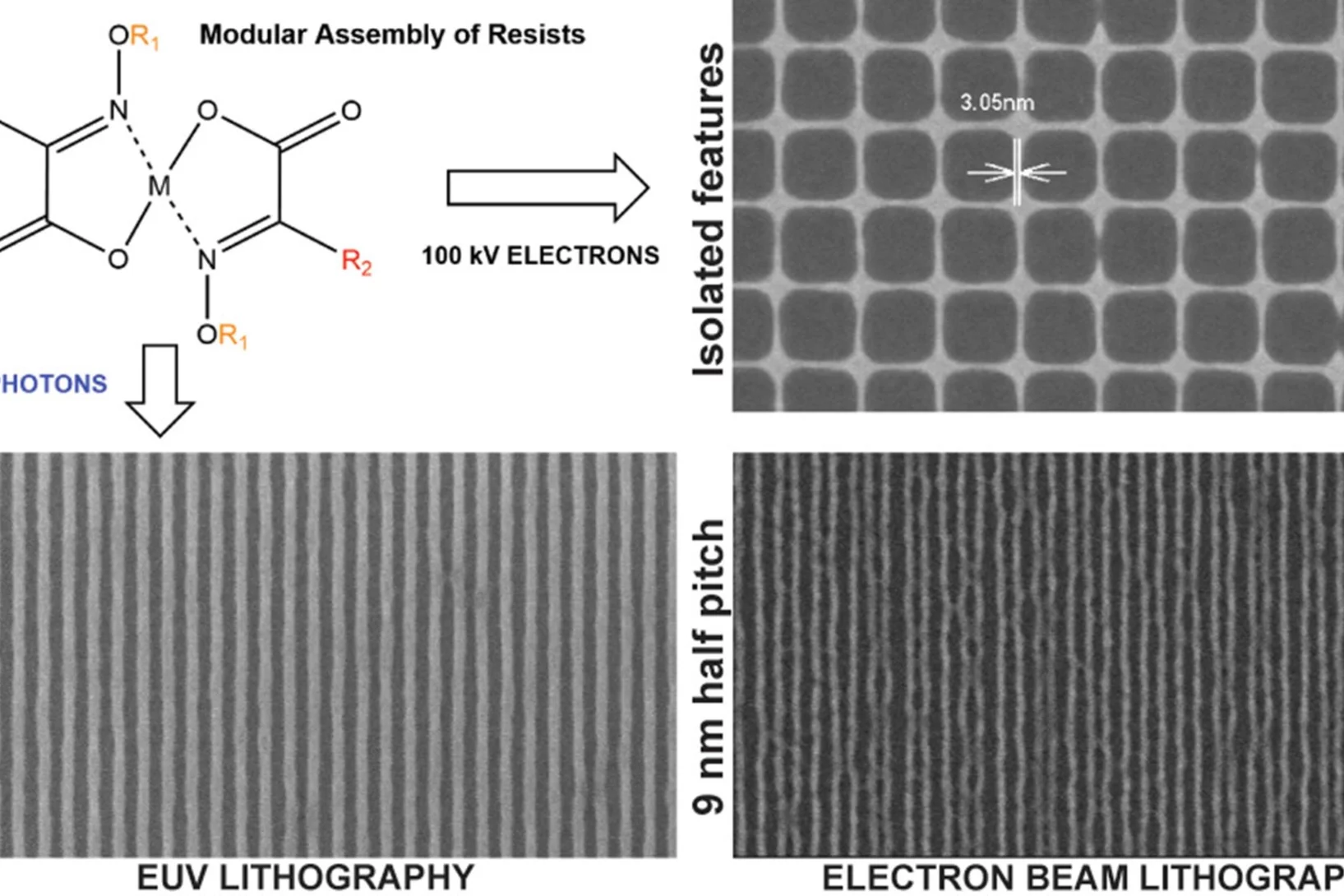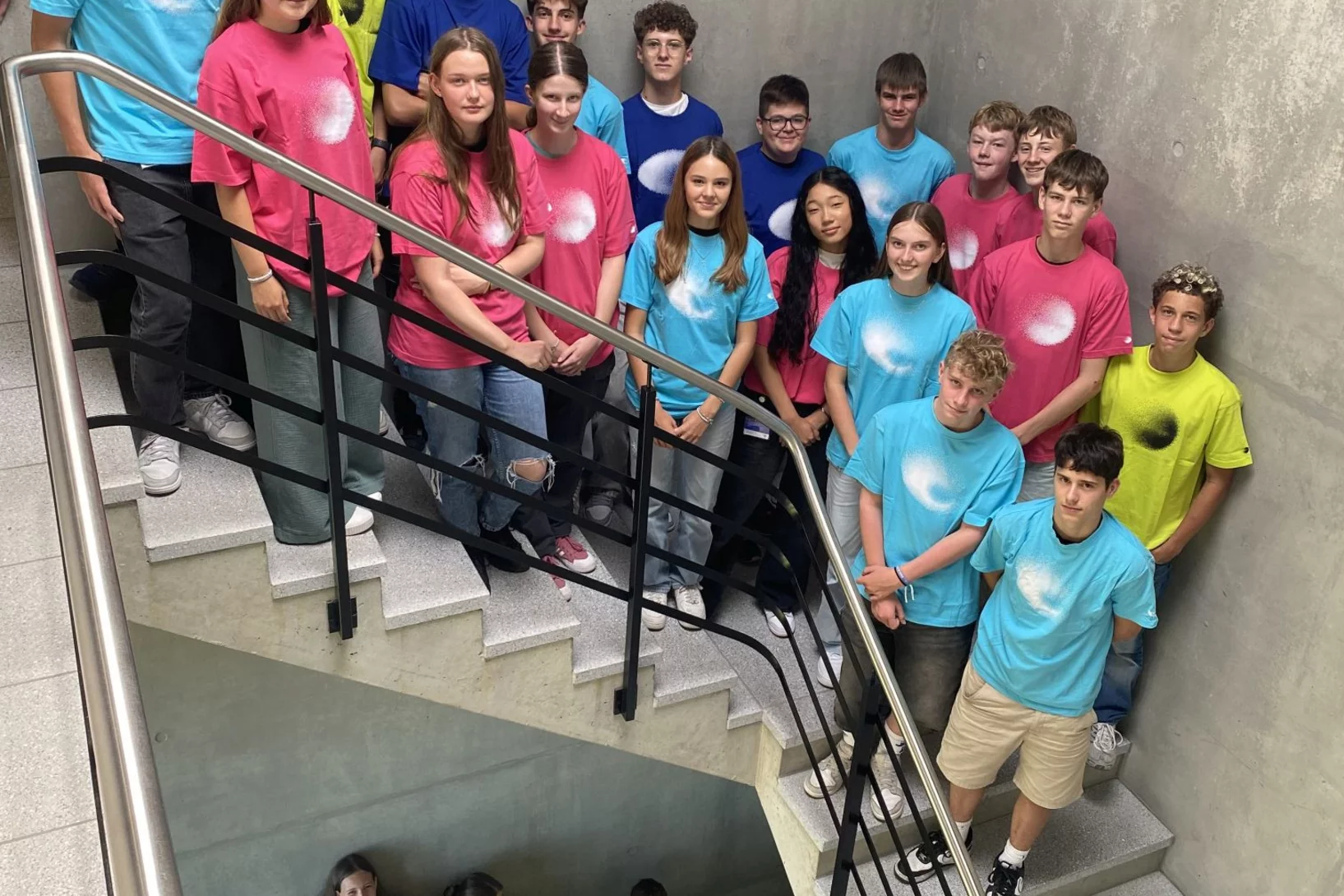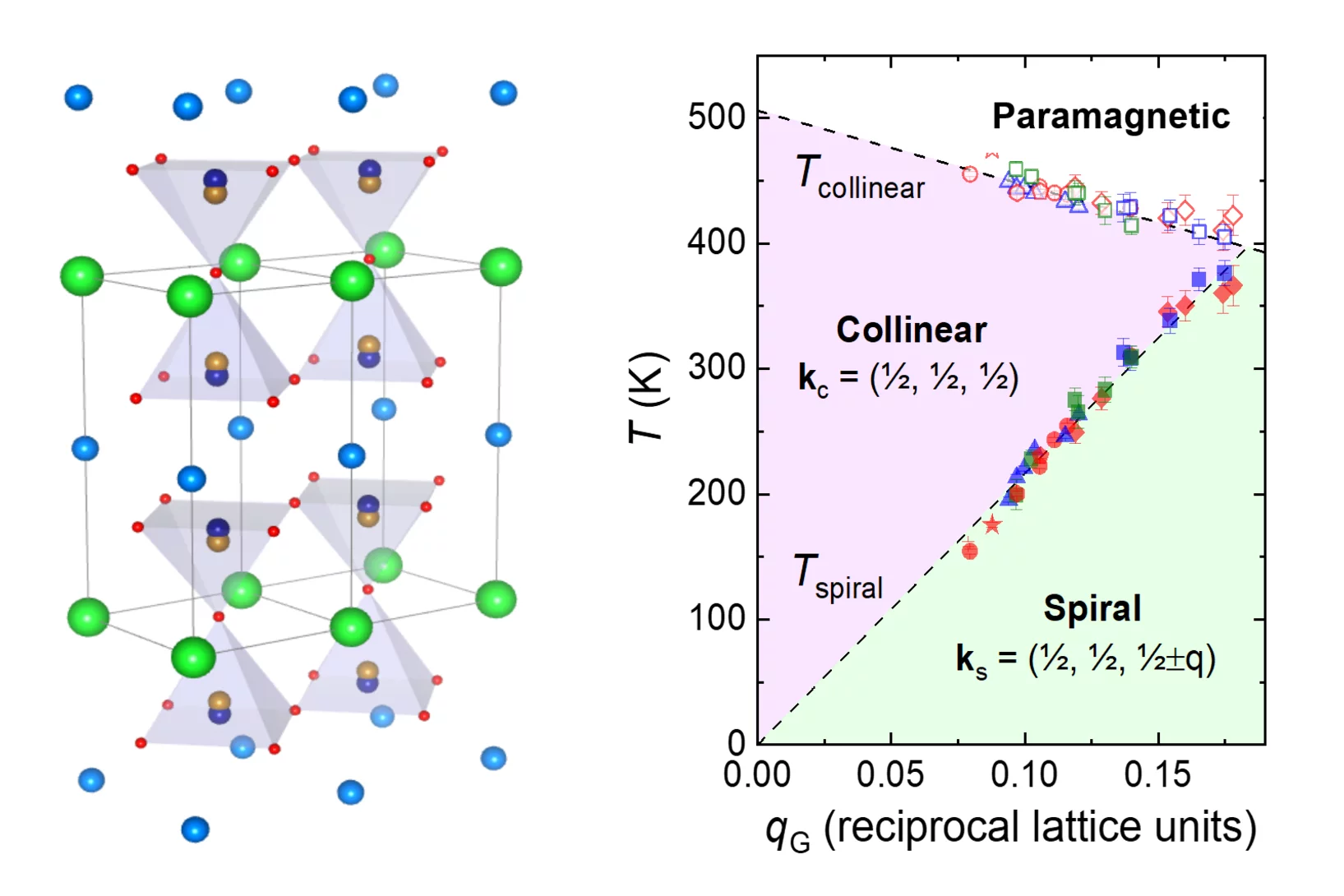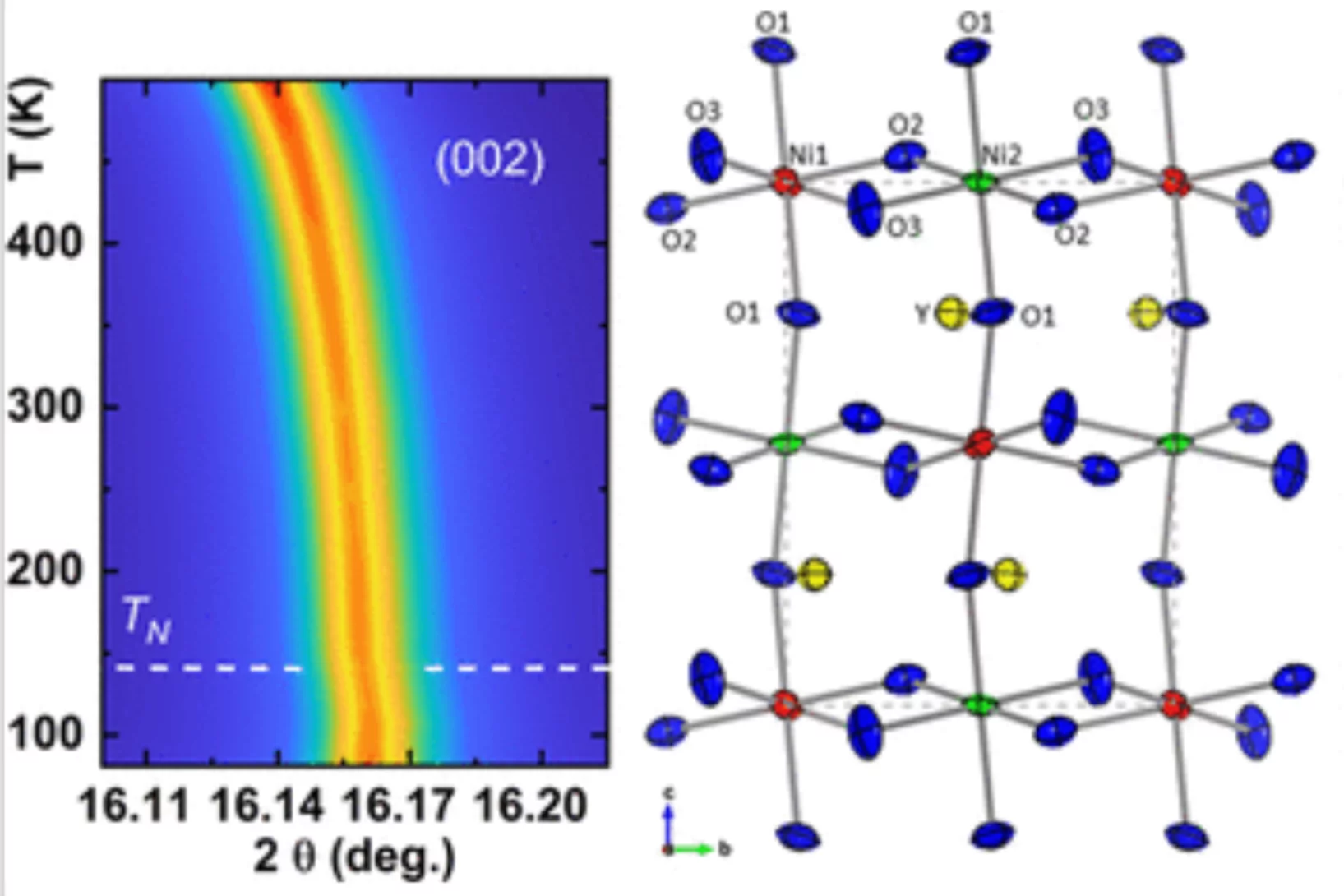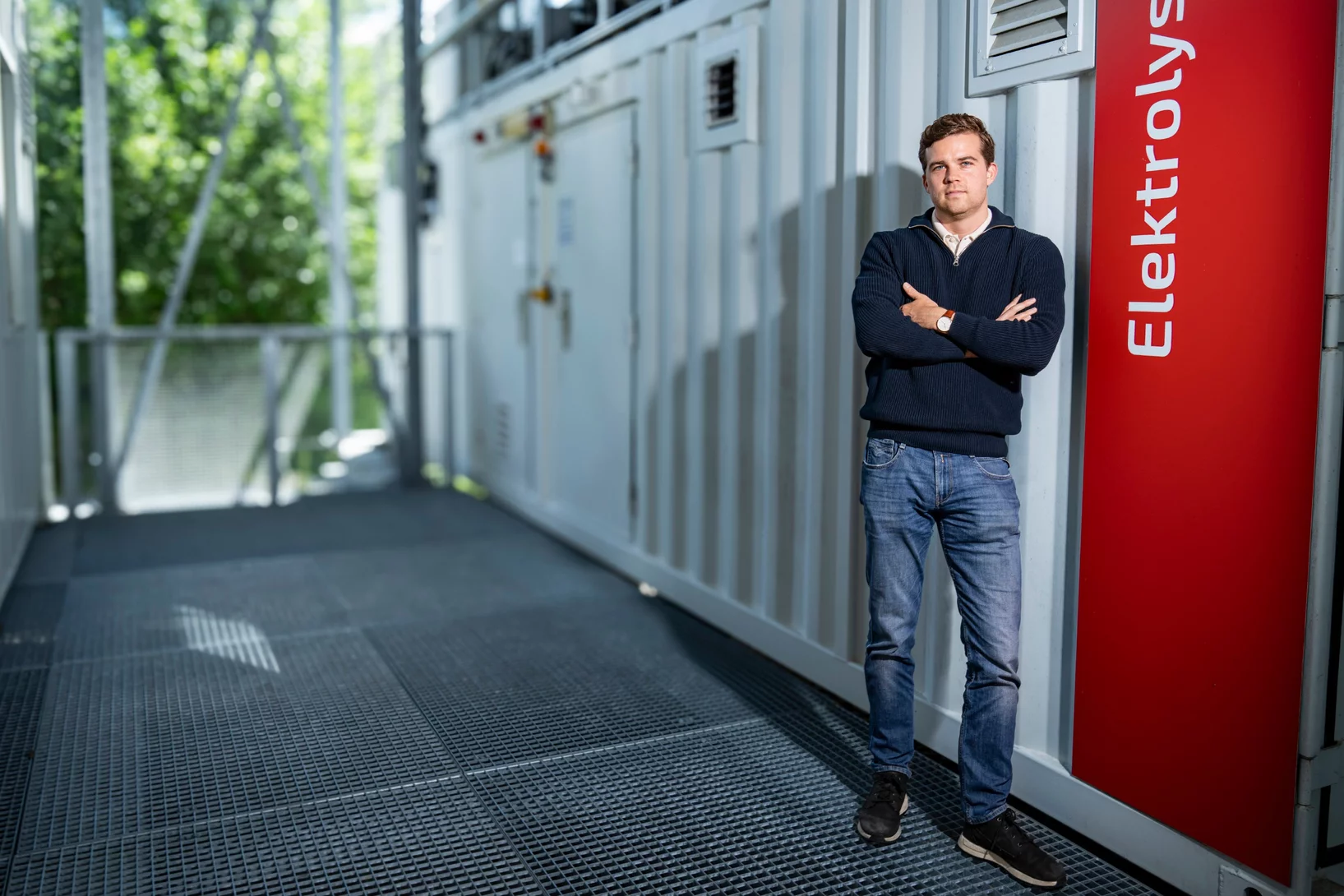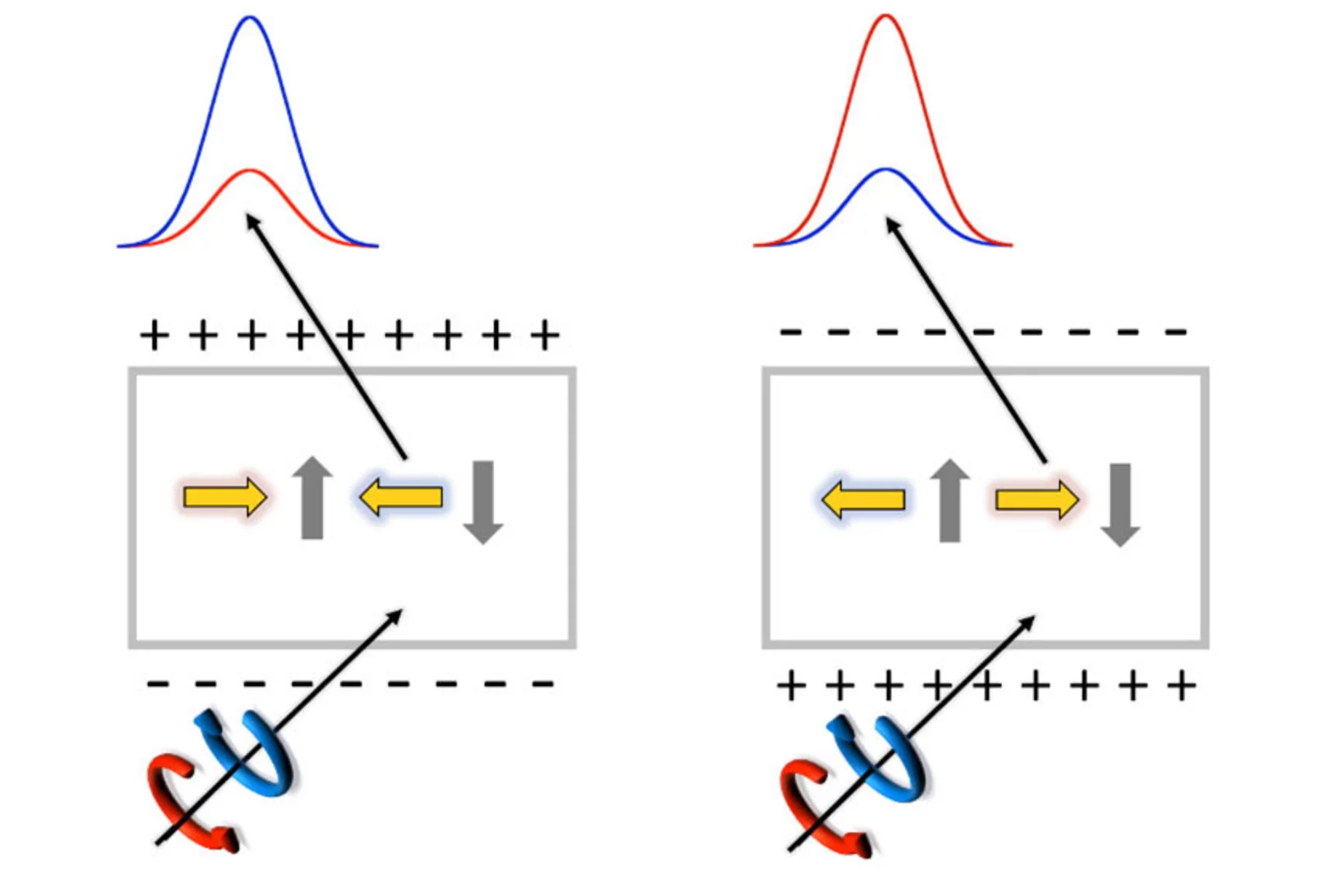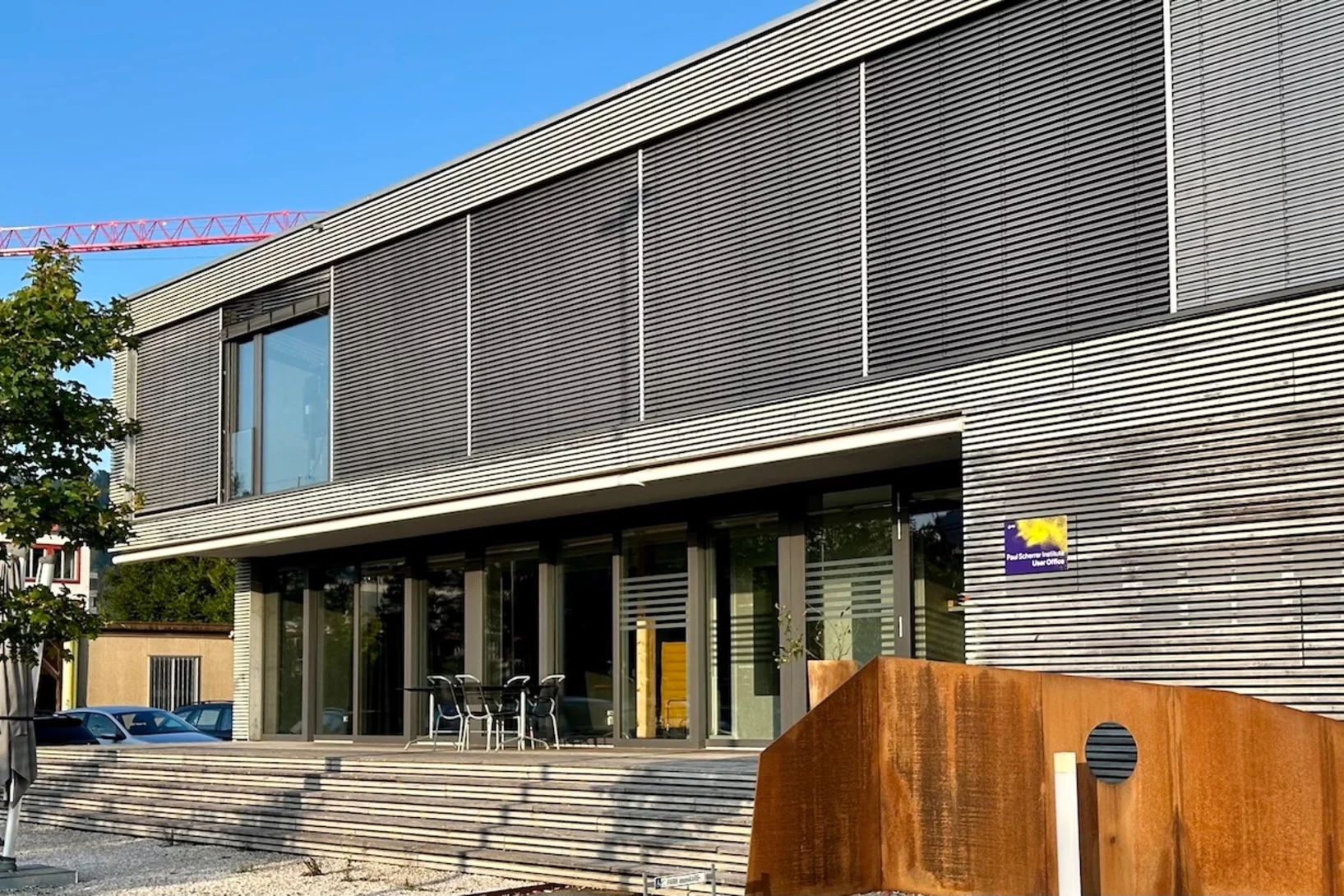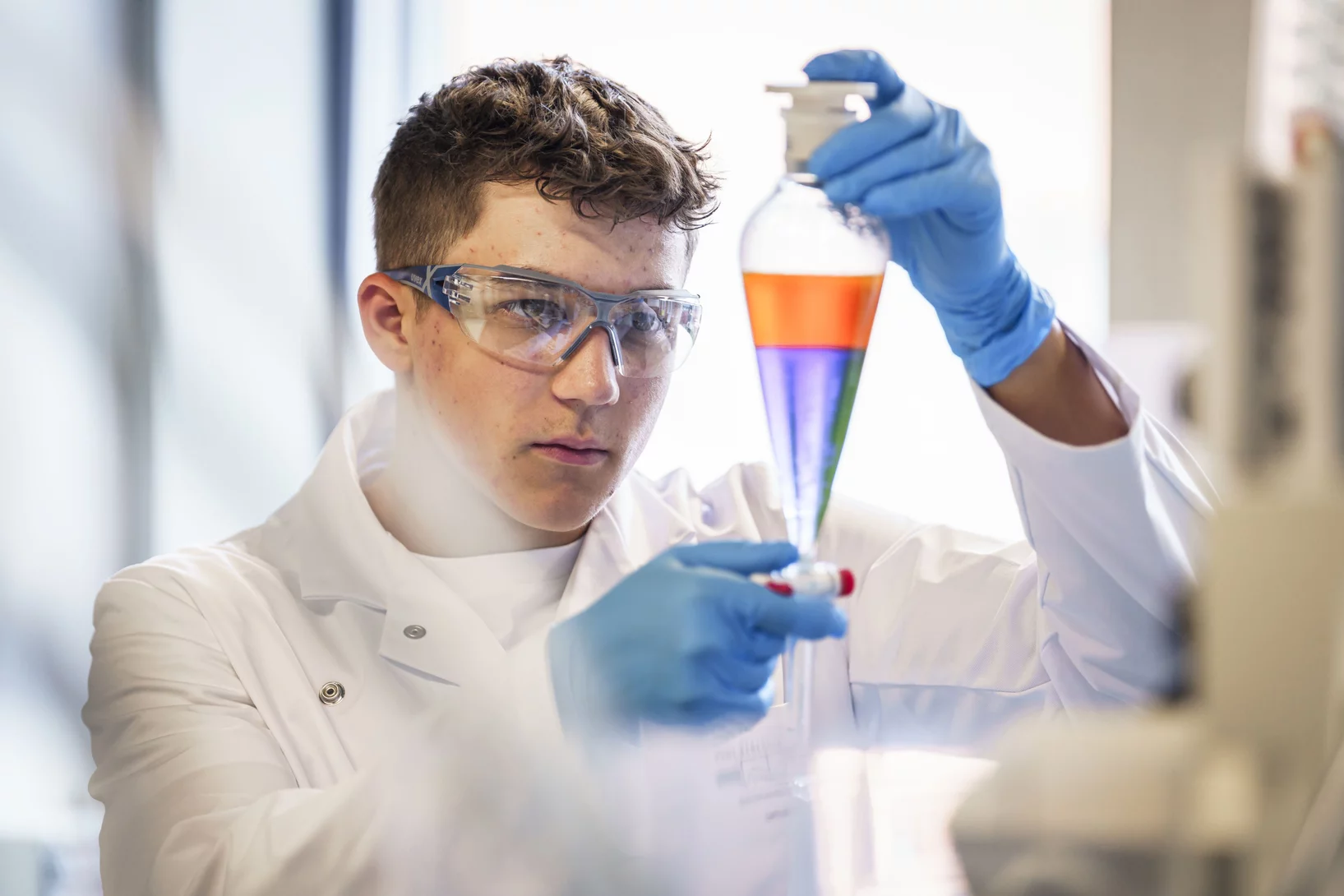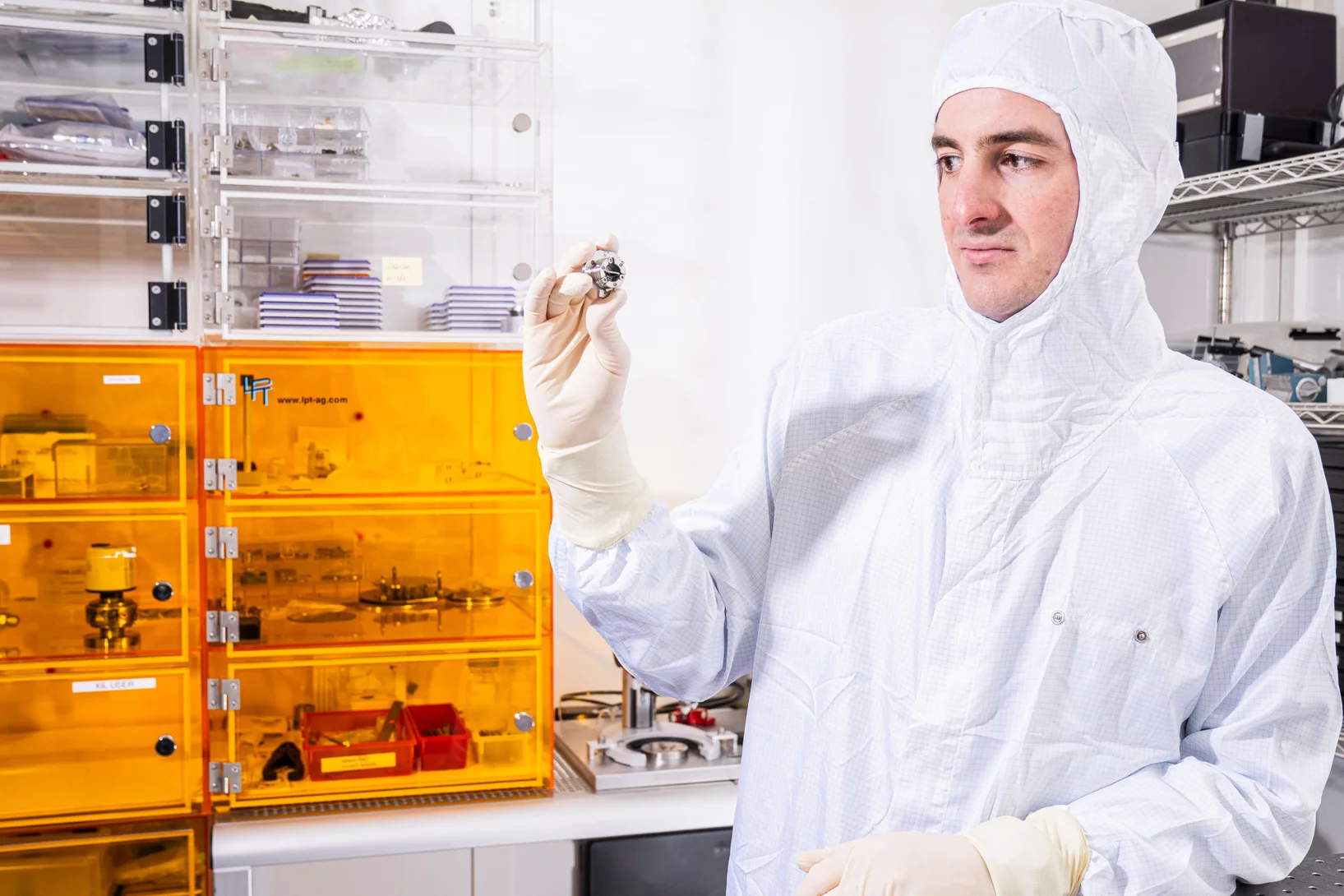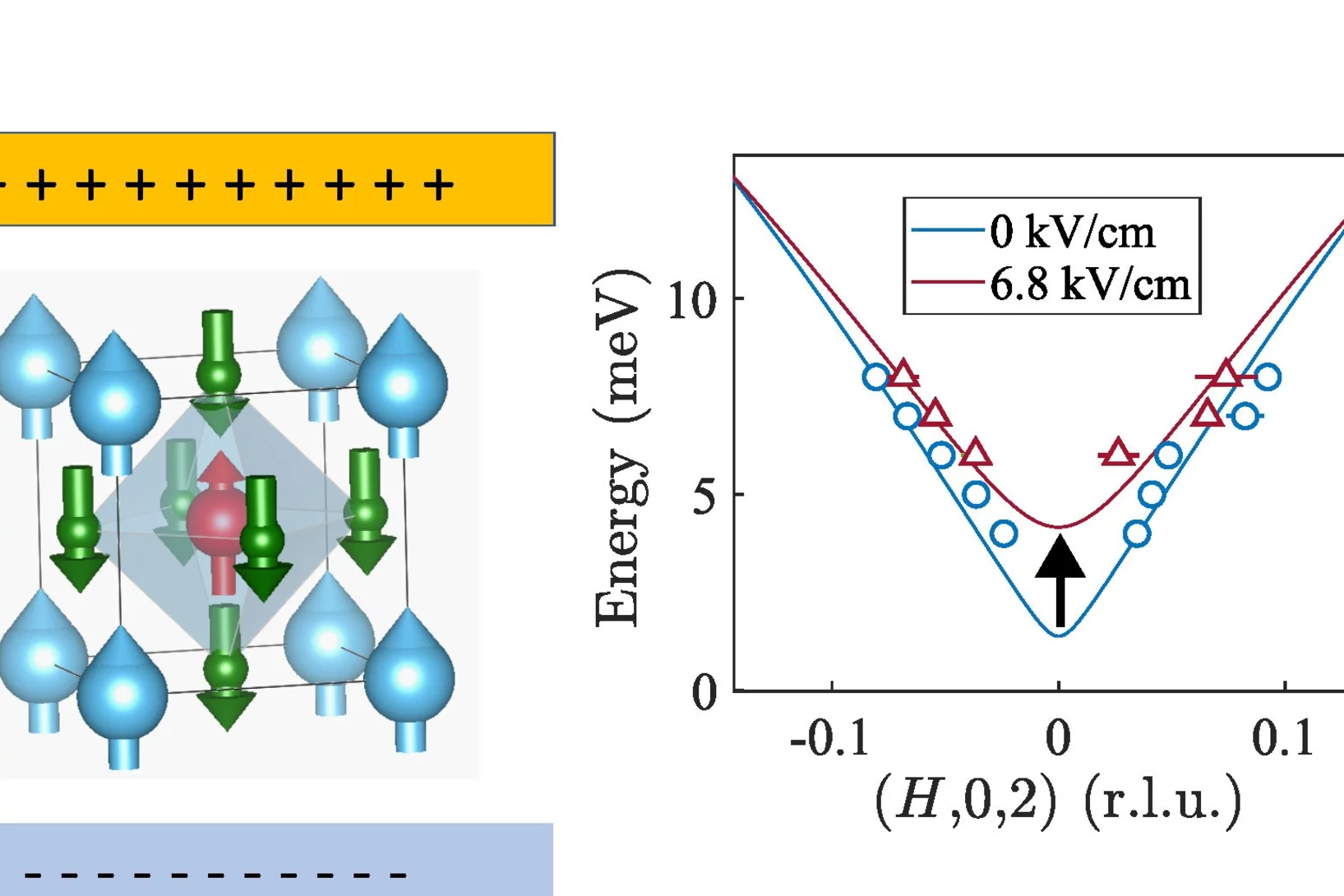SCS Fall Meeting 2024 and Paul
On September 5, 2024, the Fall Meeting 2024 of the Swiss Chemical Society took place. The annual event attracts young (and old) chemists from all over Switzerland and gathers them at one of the country’s major universities. This year’s edition was held at the University of Fribourg. While most PhD students of LRC participated with poster presentations, Jennifer Wilson and Michael Hofstetter managed to secure themselves one of the rare spots for an oral presentation. Among many outstanding contributions, Paul Dutheil won the Best Poster Award - congratulations from the whole LRC to our honorary member, Paul! Well done :)
Energy Economics has a new group head
Dr. Evangelos Panos steps into his new role at PSI-LEA.
CSD Waldfäscht
On August 26th, our division enjoyed a very pleasant get-together with great food, lively conversations, and team bonding over a barbecue, creating a warm atmosphere for everyone to connect outside the usual work environment.
Research on Synthetic Fuels at LEA
An overview of our research on sustainable chemical fuels.
NRC 10 and Mike
During the week of August 25-30, 2024, members of the Laboratory of Radiochemistry attended the International Conference on Nuclear and Radiochemistry NRC10 in Brighton, United Kingdom. The conference covered a wide range of topics in the field and, although generally having a European focus, attracted international experts from around the world. Members of LRC gave strong poster presentations and great talks. Finally, Michael Hofstetter won the prize for the best oral presentation with his talk entitled “Unravelling ultra-trace lanthanide impurities in nuclear forensics evidence” – congratulations from all of us, Mike! Well deserved :)
Highlights from the 1st CSD Scientific Retreat
The 1st Scientific Computing, Theory and Data Scientific Retreat commenced on March 13th, 2024, marking a significant milestone in the collaborative efforts of the division researchers and scientists. Hosted at the Dorfschüür Würenlingen, the event brought together the division to share insights, updates, and visions for the future of our division.
Uncovering the secrets of rapid and green metal-organic framework synthesis
Using ATR-IR spectroscopy and high-energy XRD, we have studied the mechanism of ambient temperature aqueous synthesis of Zn-MOF-74. Starting from the need to change Zn precursor to disentangle signals in ATR-IR spectroscopy, we also developed a rapid synthesis of Zn-MOF-74 with Zn perchlorate.
Carbenium ions in the methanol-to-olefins process
The methanol-to-olefins process converts methanol into hydrocarbons over zeolite-based catalysts following a dual-cycle reaction mechanism within the paradigm of an hydrocarbon pool chemistry. In this work, we use operando DRIFTS/GC to correlate the nature of species residing within the porosity of zeolites (DRIFTS) and the products distribution (GC).
Quantum Spin Dynamics Due to Strong Kitaev Interactions in the Triangular-Lattice Antiferromagnet CsCeSe2
The extraordinary properties of the Kitaev model have motivated an intense search for new physics in materials that combine geometrical and bond frustration. In this Letter, we employ inelastic neutron scattering, spin wave theory, and exact diagonalization to study the spin dynamics in the perfect triangular-lattice antiferromagnet (TLAF) CsCeSe2. This material orders into a stripe phase, which is demonstrated to arise as a consequence of the off-diagonal bond-dependent terms in the spin Hamiltonian ...
ReMade@ARI Call Announcement
ReMade@ARI is happy to announce its 4th call for proposals for 2024!
Evidence for time-reversal symmetry-breaking kagome superconductivity
Superconductivity and magnetism are often antagonistic in quantum matter, although their intertwining has long been considered in frustrated-lattice systems. Here we utilize scanning tunnelling microscopy and muon spin resonance to demonstrate time-reversal symmetry-breaking superconductivity in kagome metal Cs(V, Ta)3Sb5, where the Cooper pairing exhibits magnetism and is modulated by it. In the magnetic channel, we observe spontaneous internal magnetism ...
Hydrogen Electrode for Membrane Water Electrolyzers with Low Gas Crossover
Proton exchange membrane (PEM) water electrolyzer are considered a for the Energy Transition to produce green hydrogen for fuel cell-based mobility, industrial processes, and seasonal storage. Platinum group metals (PGMs) are conventionally used as catalysts for electrode reactions due to their outstanding catalytic activity and chemical stability in the harsh acidic environment of the cell. Commercial carbon-supported platinum (Pt/C) electrocatalysts remains a state-of-the-art choice for the hydrogen evolution reaction (HER) on the cathode side of the cell. While a high Pt loading between 0.5 and 1.0 mgPt/cm2 is commonly used today, a reduction of the Pt loading to below 0.05 mgPt/cm2 is desired to reduce the cost of PGM usage in megawatt-scale PEM water electrolysis systems. In addition, in connection with the trend towards the use of thinner membranes (<0.1 mm), gas crossover through the membrane from the cathode to the anode side can lead to the formation of an explosive gas mixture in the anode product stream. In this study, we varied the design parameters for the cathode catalyst layer to reduce the Pt loading to 0.025 mg/cm2 while at the same time minimizing the rate of hydrogen crossover to the anode.
Novel Photoresist Chemistry Enables Lithography Approaching Angstrom-Scale Resolution
Photoresist materials are crucial in the manufacturing of computer chips, where the circuits are initially printed in the photoresist using photolithography. As the demand for smaller and more precise circuitry in computer chips grows, photoresists must resolve features with smaller sizes and higher density.
PSI au Forum Sustainable Switzerland
Le Forum Sustainable Switzerland, la conférence sur la durabilité organisée par NZZ Connect, se tient aujourd'hui à Berne, avec la participation du PSI en tant que partenaire.
Controlling magnetic waves in a spin liquid
Scientists at the Paul Scherrer Institute PSI have shown that excitation of a spin liquid with intense THz pulses causes spins to appear and align within less than a picosecond. This induced coherent state causes a magnetic field to form inside the material, which is detected using ultrashort X-ray pulses at the X-ray Free Electron Laser SwissFEL.
Un élément «magique» remet en question le modèle de la synthèse nucléaire dans les étoiles
Des mesures surprenantes mènent sur la piste d’un processus inconnu.
Novel Photoresist Chemistry Enables Lithography Approaching Angstrom-Scale Resolution
Photoresist materials are crucial in the manufacturing of computer chips, where the circuits are initially printed in the photoresist using photolithography. As the demand for smaller and more precise circuitry in computer chips grows, photoresists must resolve features with smaller sizes and higher density. One of the factors determining the ultimate resolution in lithography is the molecular size/mass of the photoresists.
Chiral kagome superconductivity modulations with residual Fermi arcs
Superconductivity involving finite-momentum pairing can lead to spatial-gap and pair-density modulations, as well as Bogoliubov Fermi states within the superconducting gap. However, the experimental realization of their intertwined relations has been challenging. Here we detect chiral kagome superconductivity modulations with residual Fermi arcs in KV3Sb5 and CsV3Sb5 using normal and Josephson scanning tunnelling microscopy down to 30 millikelvin with a resolved electronic energy difference at the microelectronvolt level. We observe a U-shaped ...
Einführungswoche 2024
Willkommen am PSI: Der Start für unsere neuen Lernenden und Praktikant/innen!
Room temperature magnetoelectric magnetic spirals by design
Frustrated magnets with ordered magnetic spiral phases that spontaneously break inversion symmetry have received significant attention from both fundamental and applied sciences communities due to the experimental demonstration that some of these materials can couple to the lattice and induce electric polarization. In these materials, the common origin of the electric and magnetic orders guarantees substantial coupling between them, which is highly desirable for applications ...
Magnetostructural Coupling at the Néel Point in YNiO3 Single Crystals
The recent discovery of superconductivity in infinite layer thin films and bulk Ruddlesden–Popper nickelates has stimulated the investigation of other predicted properties of these materials. Among them, the existence of magnetism-driven ferroelectricity in the parent compounds RNiO3 (R = 4f lanthanide and Y) at the onset of the Néel order, TN, has remained particularly elusive. Using diffraction techniques, we reveal here the existence of magnetostriction at TN in bulk YNiO3 single crystals. Interestingly, the associated lattice anomalies ...
Où doit être produit l’hydrogène à l’avenir?
Des scientifiques du PSI ont étudié où l’hydrogène devait être produit pour une future économie de l’hydrogène et quelles étaient les conséquences de cet agent énergétique pour l’environnement.
Elusive multiferroicity in RNiO3 perovskites
In our recent paper we examined YNiO3 and proved that the RNiO3 type material known for its metal-insulator transition is in fact a type II multiferroic. We provide direct evidence of an electric-field-driven switch of the noncolliear magnetic state finally confirming the proposed type II multiferroic nature of YNiO3.
New location of PSI User Office
You will find us easily at our new location in building WBBC at the front area of the PSI West parking lot.
Synthesekurs im Ausbildungsbetrieb
Während des Kurses stiessen wir auf einige Herausforderungen, wie die Komplexität bestimmter Reaktionen und die präzise Durchführung der analytischen Methoden.
Des scientifiques montrent que les puces informatiques pourraient être miniaturisées encore davantage
Des chercheurs du PSI atteignent une résolution sans précédent de 5 nanomètres (demi-pitch) grâce à la lithographie EUV.
Beam test of the scintillating fibres at MAMI un Mainz
The Mu3e scintillating fibre detector was tested using the electron beam of MAMI at the institute of nuclear physics in Mainz. The MuPix pixel detectors were used as a refernce.
La crèche du PSI revient sur le campus
Le nouveau bâtiment est terminé: depuis le début du mois d’août 2024, l’accueil des enfants des collaboratrices et des collaborateurs du PSI a de nouveau lieu sur le campus.
Les sources du smog à Beijing ont été identifiées
Des scientifiques du PSI ont identifié les sources du smog à Beijing. Certaines d’entre elles sont très éloignées de la capitale chinoise.
Move the soft mode by electric fields in quantum paraelectric SrTiO3
PSI Researcher used inelastic neutron scattering to show how collective lattice vibrations can be controlled by electric fields. These results indicate that different eigenmodes can couple in field in this incipient ferroelectric.








